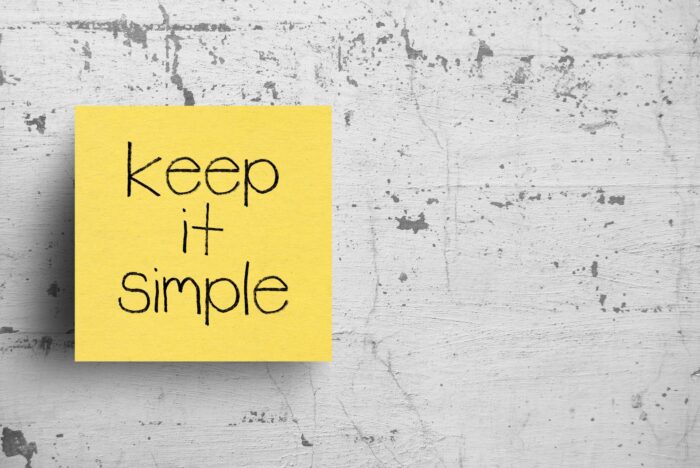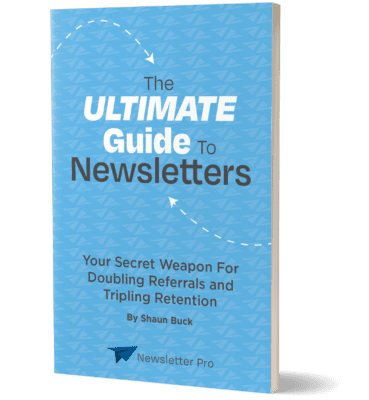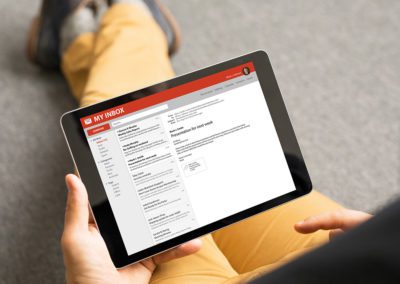Plain language writing is a style of communication that focuses on making text easy to read and understand. It is used in various forms of written communication, including emails, reports, brochures, and websites. The goal of plain language writing is to make complex topics and concepts accessible to a wide range of readers.
Definition of Plain Language Writing
Plain language writing is a form of communication that uses simple words and clear sentences to convey information in an easily understandable way. It avoids the use of overly technical terms or jargon that may be difficult for some readers to comprehend. Instead, it relies on straightforward language and sentence structure to get its point across without any confusion or ambiguity.
Benefits of Plain Language Writing
The primary benefit of plain language writing is that it makes complex topics and concepts more accessible to a wider audience. By using simple words and clear sentences, it allows readers from all backgrounds and levels of understanding to comprehend the material quickly and accurately. This can help reduce confusion or misunderstanding about the content, resulting in better comprehension and engagement with the text. Additionally, plain language writing can save time by reducing the need for additional explanation or clarification.
Examples of Plain Language Writing
Plain language writing can be seen in many different forms of written communication. For example, emails should be concise yet clear so that the reader understands the message without having to read through long paragraphs or complicated terminology. Websites should also use plain language when providing information about products or services so that visitors can understand what they are getting before they make a purchase decision. Brochures should also incorporate plain language into their text so that readers can easily grasp the main points without having to search for meaning within technical jargon or long-winded sentences.
Strategies for Writing in Plain Language
Writing in plain language is a beneficial skill to have when communicating with any audience. It allows for clear and concise communication that is easy to understand and free of jargon. Here are some strategies to help you write in plain language.

Use Simple Words
When writing, it is important to use words that are simple and straightforward. Instead of using complex words or terms, opt for more common words that can be easily understood by all readers. This will make your writing easier to comprehend and more enjoyable to read.
Avoid Jargon and Technical Terms
Jargon and technical terms can be confusing and difficult for many people to understand. Therefore, it is important to avoid using them in your writing if possible. If you must use technical terms, make sure you provide an explanation so the reader can understand what they mean.
Break Up Long Sentences and Paragraphs
Long sentences and paragraphs can be overwhelming for readers, making it difficult for them to comprehend the information presented. To make your writing easier to read, break up long sentences into shorter ones and divide long paragraphs into smaller sections. This will also help keep the reader’s attention throughout the entire piece of writing.
Use Active Voice
Using active voice rather than passive voice when writing makes your sentences clearer and more direct. Active voice also helps create a sense of immediacy which can engage the reader’s interest more effectively than passive voice.
Employ Figures of Speech
Figures of speech, such as metaphors or similes, can help bring life to your writing by adding imagery or emotion to your text. This can help readers better connect with the content you are presenting and make it easier for them to understand what you are trying to say.
Ask Someone to Read Your Work
Having someone else read over your work is a great way to ensure that it is written in plain language that everyone can understand. Ask someone who is not familiar with the topic you are discussing or who does not have much knowledge about the subject matter; they will be able to provide valuable feedback on how understandable your work is from an outside perspective.
Writing in plain language is beneficial and can be achieved by using simple words, avoiding jargon, breaking up long sentences and paragraphs, using active voice, employing figures of speech, and asking someone to read your work.
How to Apply Plain Language Writing
Plain language writing is a style of communication that is easy to read and understand. It involves using language that is clear, concise, and direct in order to convey information effectively. Applying plain language writing requires an understanding of the target audience, the tone of the writing, and the structure of the content.
Identify the Audience
The first step in applying plain language writing is to identify the target audience. Knowing who will be reading your content will help you determine what type of language should be used and how complex your sentences should be. For example, if you are writing for a technical audience, you may want to use more technical terms and longer sentences than if you were writing for a general audience.
Establish the Tone of Your Writing
Once you have identified your target audience, it’s important to establish the tone of your writing. The tone should match the purpose of your content as well as reflect the values and beliefs of your organization or brand. It’s important to keep in mind that different audiences may respond differently to certain tones, so it’s best to choose one that will resonate with everyone who reads it.
Create a Clear Structure for Your Content
Creating a clear structure for your content is essential when applying plain language writing. This includes breaking up long sentences into shorter ones and organizing information into logical sections or subsections. Doing this will make it easier for readers to find what they are looking for quickly and understand what they are reading without having to re-read it multiple times.
Incorporate Visual Elements into Your Content
Adding visual elements such as images, charts, graphs, or videos can help improve comprehension by providing additional context or reinforcing key points in your content. Visual elements also make it easier for readers to scan through your content quickly and find what they need without having to read every word on the page.
Plain language writing can be an effective way to communicate with an audience in a way that is concise and easy-to-understand. By taking the time to identify your target audience, establish an appropriate tone, create a clear structure for your content, and incorporate visual elements into your work, you can ensure that your message is conveyed effectively and efficiently.
| Step | Description |
| Identify the Audience | Know who will be reading your content to determine language and sentence complexity. |
| Establish the Tone of Your Writing | Choose a tone that reflects the purpose of your content and resonates with all readers. |
| Create a Clear Structure for Your Content | Break up long sentences and organize information into logical sections or subsections. |
| Incorporate Visual Elements into Your Content | Improve comprehension by providing additional context or reinforcing key points. |
Conclusion
Plain language writing is an effective way to communicate with your audience. It helps you create content that is clear, concise, and easy to understand. By using simple words, avoiding jargon and technical terms, breaking up long sentences and paragraphs, using active voice, employing figures of speech, and asking someone to read your work, you can ensure that your writing is in plain language. Additionally, you must identify the audience you are writing for, establish the tone of your writing, create a clear structure for your content, and incorporate visual elements into your content.
Newsletter Pro has been helping businesses grow for over 10 years by providing direct mail products such as newsletters, targeted free-standing inserts, postcard campaigns, celebration cards and unique solutions like the Referral Builder program. With these services they strive to strengthen relationships between customers and prospects so businesses can reach their full potential.







